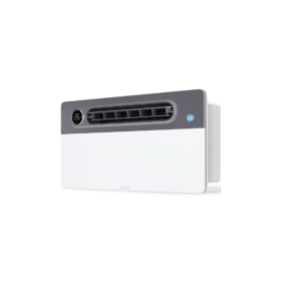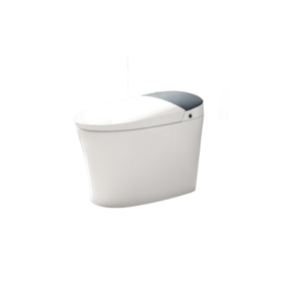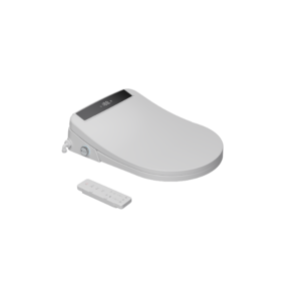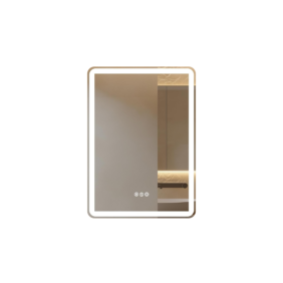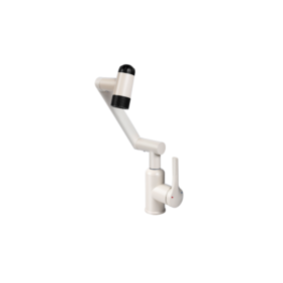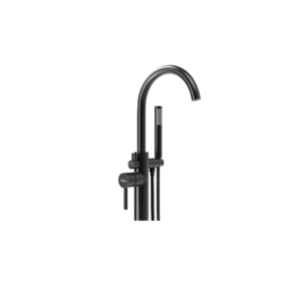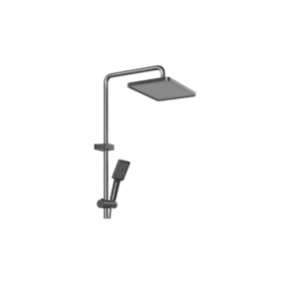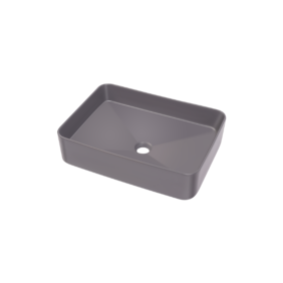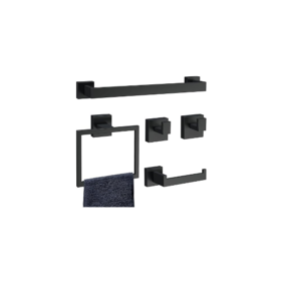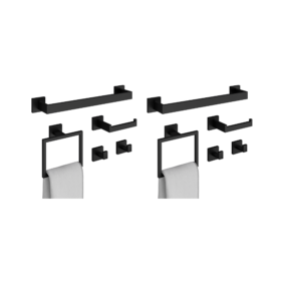
Home / Blog Center / Chargers / Common Sizes of Faucet Threads: Understanding Standard Measurements
Common Sizes of Faucet Threads: Understanding Standard Measurements
14/02/2025 | Hawkrown
Faucets are essential items in every household. There are various types and sizes of faucets, so when purchasing one, it's important to clarify its size and choose the appropriate faucet based on your home’s plumbing situation. Generally, what size faucet do we usually use? Today, I will introduce some knowledge about faucets.
What Size Faucets Are Commonly Used
Household faucets are typically 1/2 inch (also referred to as 4 points) faucets, while 1/4 inch (2 points) faucets are usually for water purifiers. Faucets, also known as outlet valves, are used to control the water flow, thus achieving water-saving purposes. The materials and craftsmanship of faucets are evolving quickly, and there are many functions and designs available.
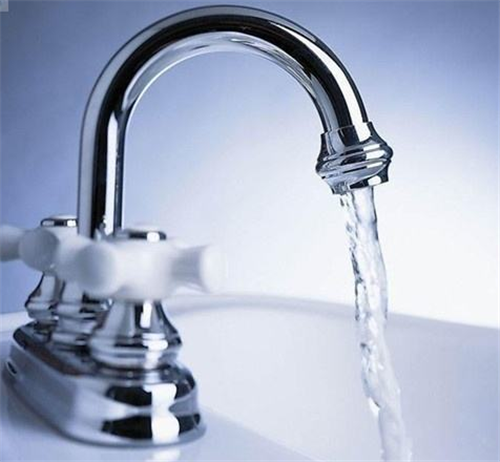
How to Choose a Faucet
1. Check the Weight: High-quality faucets are usually made of corrosion-resistant copper and tend to have more weight. If a faucet feels light in your hand, it’s likely made of inferior materials, and purchasing it is not advisable.
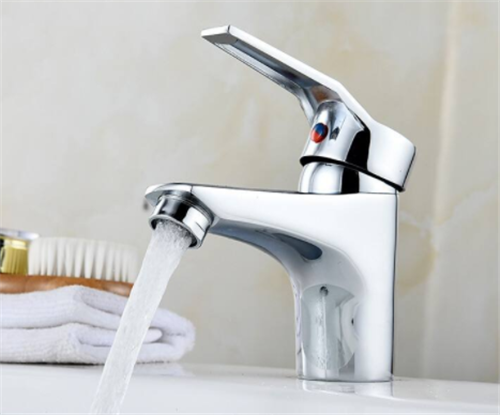
2. Examine the Surface: Quality faucets will have finely crafted surfaces, a bright coating, and a clear mirror-like finish. If the surface is uneven with small bubbles, the quality is likely not guaranteed.
3. Inspect the Handle: The connection between the handle and the faucet should have no gaps, and the handle should have a slight resistance without slipping. This indicates better quality.
4. Look for Labels: Reputable brands will provide detailed information about materials and quality certificates on the packaging, along with the manufacturer's address and brand name. Inferior products usually lack thorough labeling, so it’s crucial to pay attention to this when purchasing.

How to Maintain a Faucet
1. Regularly clean any debris inside the faucet to prevent clogging and ensure a steady water flow.
2. Avoid using excessive force when operating the faucet, as this can damage its sealing components.
3. Keep the faucet surface away from chemicals, such as sulfuric acid or disinfectants, as they can easily damage the faucet’s coating.

In summary, this information about the common sizes of faucets has been presented here. It’s best to hire a professional for faucet installation to avoid complications from improper fitting.


